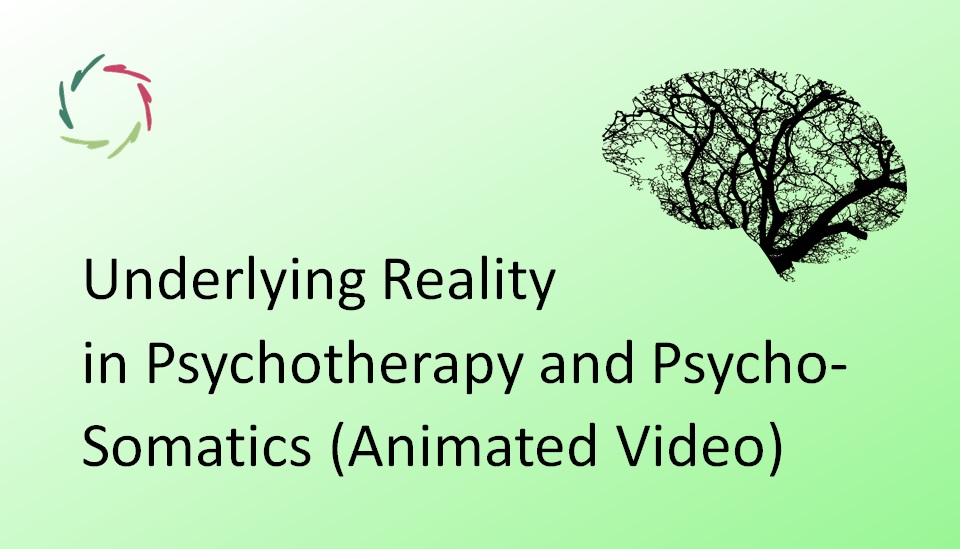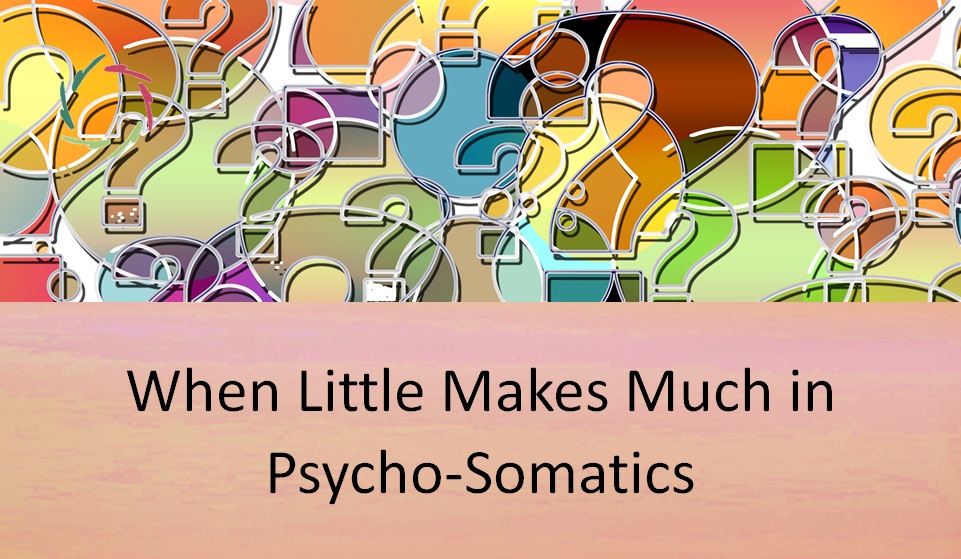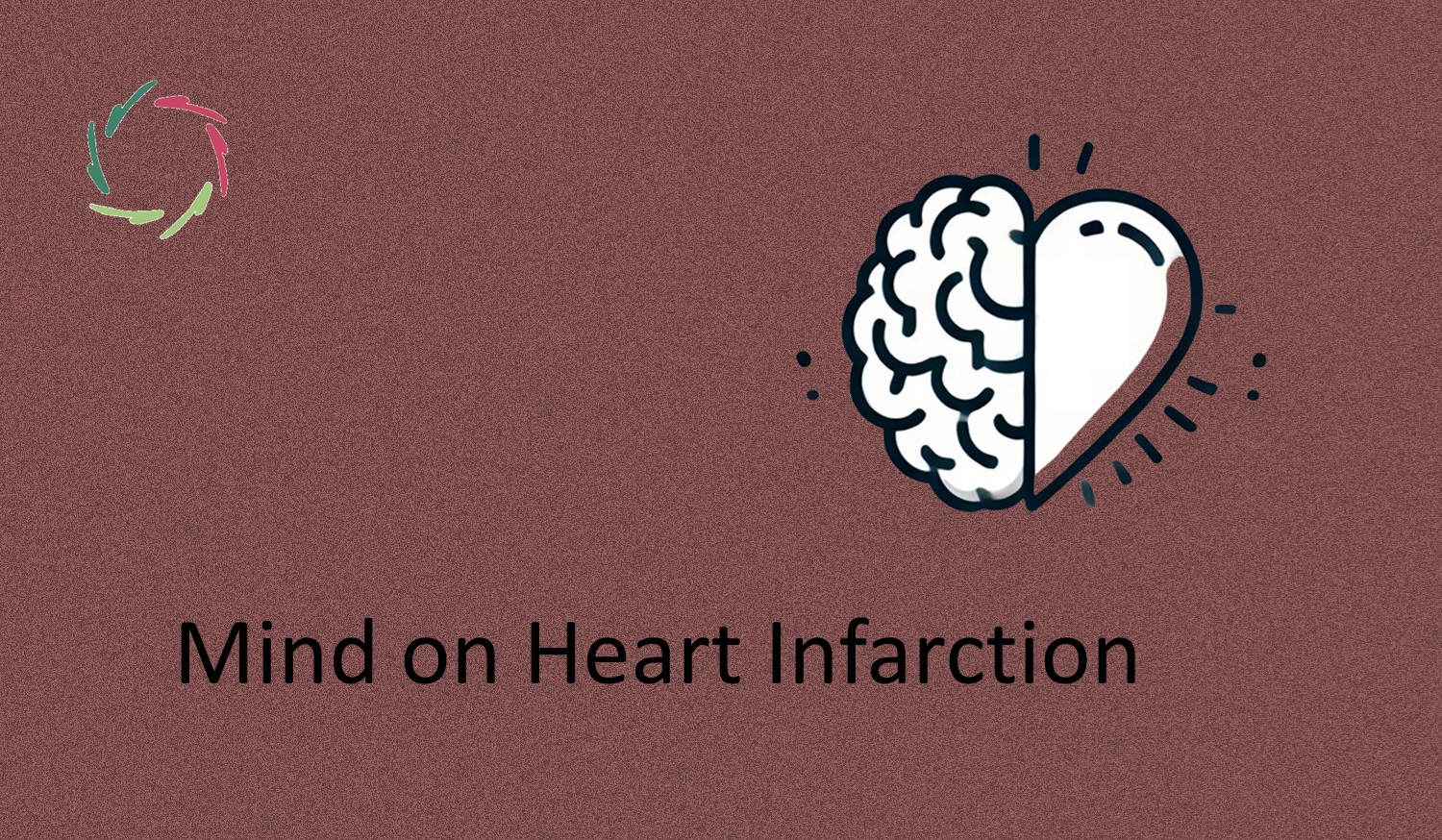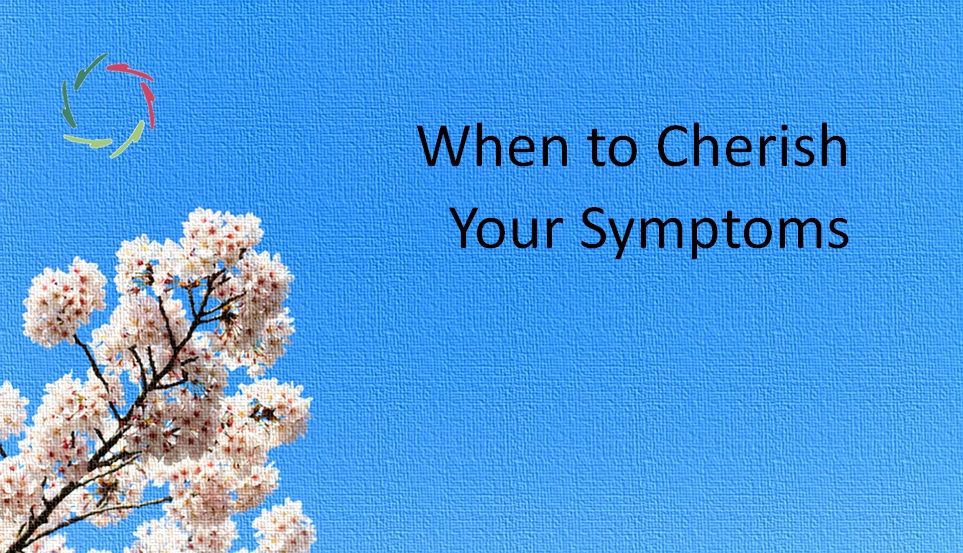Underlying Reality in Psychotherapy and Psycho-Somatics

In this animated video, you get an introduction to what underlies psychotherapy and psycho-somatics. [Psychotherapy video – 12:10′]
You might want to read first: [see: “Psychotherapy vs. Psychotherapies”]
If you want to cooperate, please contact us.
If you have feedback, please let us know.
Here is the full written text.
Hi, my name is Jean-Luc Mommaerts. I am a physician, academic hypnotist, and master in cognitive science and Artificial Intelligence. I also received a PhD in medicine on the subject of subconceptual mental processing in health and healing according to modern neurocognitive scientific insights. This video is about the importance of fundamental/underlying reality in psychotherapy and psycho-somatics.
As has been shown by researchers like Bruce Wampold and Stephen Bacon, there is ample scientific evidence that present-day psychotherapeutic methods do not contribute to the effectiveness of psychotherapy. That sounds counterintuitive, but it doesn’t come as a surprise in view of the fact that we are natural organisms, and immensely complex.
Many people look at the mind and the body as two separate pieces of a whole. But many arguments show that this is WRONG. ‘Mind’ and ‘body’ are about two ways of looking at the same thing. A change in the one IS a change in the other. I refer to fMRI studies of the brain showing in-vivo placebo effects in domains such as pain, depression, and parkinsonism, and to the flourishing domain of psychoneuroimmunology. I refer to brain injuries that consistently lead to the same personality changes. I refer to medications that show changes in the mind in a dose-response relationship. I refer to intra-operative brain stimulations in awake patients who at the moment itself, without the slightest delay, show sensorial or motoric responses, or changes in thoughts and feelings — the same with strongly magnetic transcranial fields. I refer to work on neuronal assemblies that shows how thinking and feeling are Related to neuronal patterns, and finally to the work of Dylan-Haynes, revealing decisions in the brain up to seven seconds before conscious awareness of these very same decisions. In other words, we can see mind happen in the brain.
In a lot of this, we can also see much going on in the brain while we are consciously aware of only some tiny parts. Moreover, what we are aware of is always, at each moment again, the result of what is meaningful, therefore mental, but not within conscious reach. We are consciously aware of the tops of mountains of non-conscious processing. Like mountains in the sea, we are aware of the tops of them as tiny islands. These are conscious islands in a sea of non-consciousness.
The brain contains 80 billion neurons working together in parallel. Connecting these are 80 TRILLION synapses, each being a half-analog computing device. Thus, there are more possible brain/mind patterns in one person than there are atoms in the known universe. millions of elements (neurons, synapses) working together at the same moment form a pattern (thought, feeling, motivation, sensorial impression). The physical view sees neuronal patterns; the psychological view sees mental patterns. They’re the same patterns. This complexity is fundamental to our human reality. It is the physical view that most of all lets us appreciate our immense complexity that is difficult to see psychologically.
Note that ‘complex’ is not ‘complicated. ‘ What does this exactly mean? Remember that we are organisms, not mechanisms. A mechanism, such as a Boeing 747, can be very complicated, but not intractably complicated. This is, engineers can take it apart and put it together again according to schemes and algorithms. A Boeing doesn’t grow to what it becomes. It is put together.
Contrary to this, an organism grows. Without growth, it cannot become fully – well – grown. Our body-mind unity, and the complexity of our brain, shows us this.
In an ORGANIC view upon ourselves, the following insights are basic to Fundamental Reality:
- The mind IS the body. This is one hugely complex organism.
- We are consciously aware of only what sticks out of mountains of non-conscious or subconceptual processing. Humans are evidently not consciously aware of non-conscious processing. This is our basic cognitive illusion. As a result, much construction is made to self-explain what is otherwise unexplainable. This way, we end up in constructed realities. Meanwhile, mind = body. This unity is immensely complex.
Let me give just a few examples of what the research shows us about mind-body unity.
- First example: Axis of stress
The hypothalamus is part of the brainstem. It receives information from other brain regions and plays a crucial role in stress through well-known pathways involving the pituitary gland and adrenal glands. Note also the feedback loop. The influence of the mind goes through specific pathways to the body and vice versa. Also, through the hypothalamus, appetite, sexual behavior, emotional responses, and body temperature are regulated, influenced by the brain/mind.
- Second example: Functional MRI (magnetic brain scan in vivo)
At the left, you see increased activity on placebo analgesia.
At the right, you see areas of increased and decrease activity through placebo and the antidepressant fluoxetine.
One needs to be careful with fMRI in what it explicitly shows. The brain is immensely complex. But what these images show is clear: The working of the mind is becoming visible in the brain. This bridge has been crossed with huge meaningfulness to the domain of psychotherapy. Eventually, it is as somatically real as somatic medicine.
both from: Stein DJ, Mayberg H. Placebo: the best pill of all. CNS Spectr. 2005 Jun;10(6):440-2. doi: 10.1017/s1092852900023117. PMID: 15908896. [RG]
- Third example: Allergic reactions
In a study, patients with stable asthma were given an inhalation with a neutral product, inducing a blatant asthma attack. When receiving the same inhalation, the attack no longer occurred.
What had happened? The first inhalation was given with suggestions that the bronchial tubes would be closed. The second inhalation was given with suggestions of relief.
The patients were not under stress. No magician was hired. The only difference was the type of suggestions.
Butler, C., A. Steptoe, ‘Placebo responses: an experimental study of psychophysiological processes in asthmatic volunteers,’ British J. of Clinical Psychology, 1986 (25):173-183.
We can conclude.
- The body does not cause the mind. The body IS the mind.
- The human being is an organism, not a mechanism.
- Always, we get ill as a whole, not in body or mind apart from the other. In any individual case, we have to see which viewpoint is more interesting. Sometimes, this is obvious, in many cases not.
- For instance, when your leg is broken, it can be mended instrumentally. somatic medicine has this intention.
- When the mind-view is relevant, the situation is too complex to be mended instrumentally. Our fundamental reality shows us that it can only heal organically, as growth from inside. In such a case, medication only diminishes symptoms. With the psyche involved, medication never cures. psychotherapeutic procedures that are instrumental – partly to accord to the medical example – also cannot take over the growth process, which is why they are not effective, as has been proven repeatedly and robustly. We need therapeutic ways that better respect our human natural complexity.
If this gets done, there’s a huge role of psychotherapy in the domain of the psyche, of course, and of psycho-somatics. This is arguably more than half of medicine. That’s a game-changer, especially since mainly psychosomatic medicine is under scrutiny by healthcare payers for its lack of real-world evidence as to effectiveness. In psychosomatics, somatic medicine is as constructed as instrumental psychotherapeutic methods. To transcend this, medicine and psychotherapy need to be based on the fundamental reality of hugely complex mind-body unity and non-conscious, subconceptual processing. ultimately, the patient or client will be the main beneficiary of these efforts.


